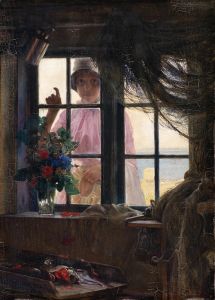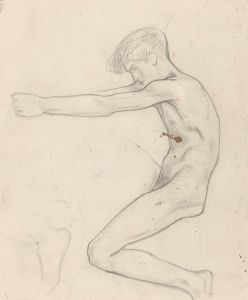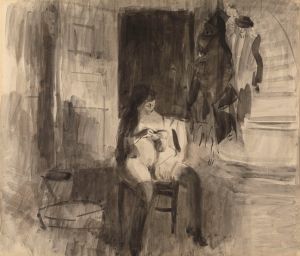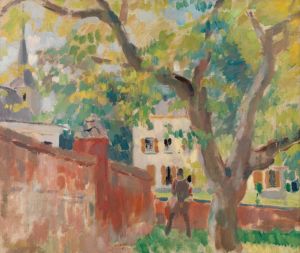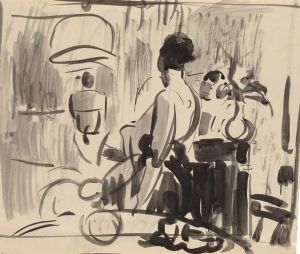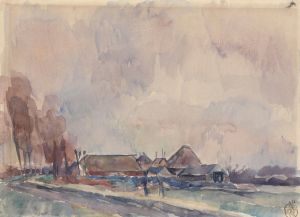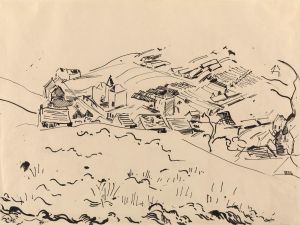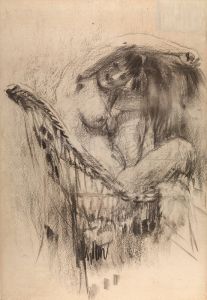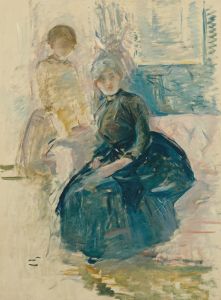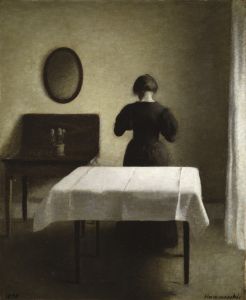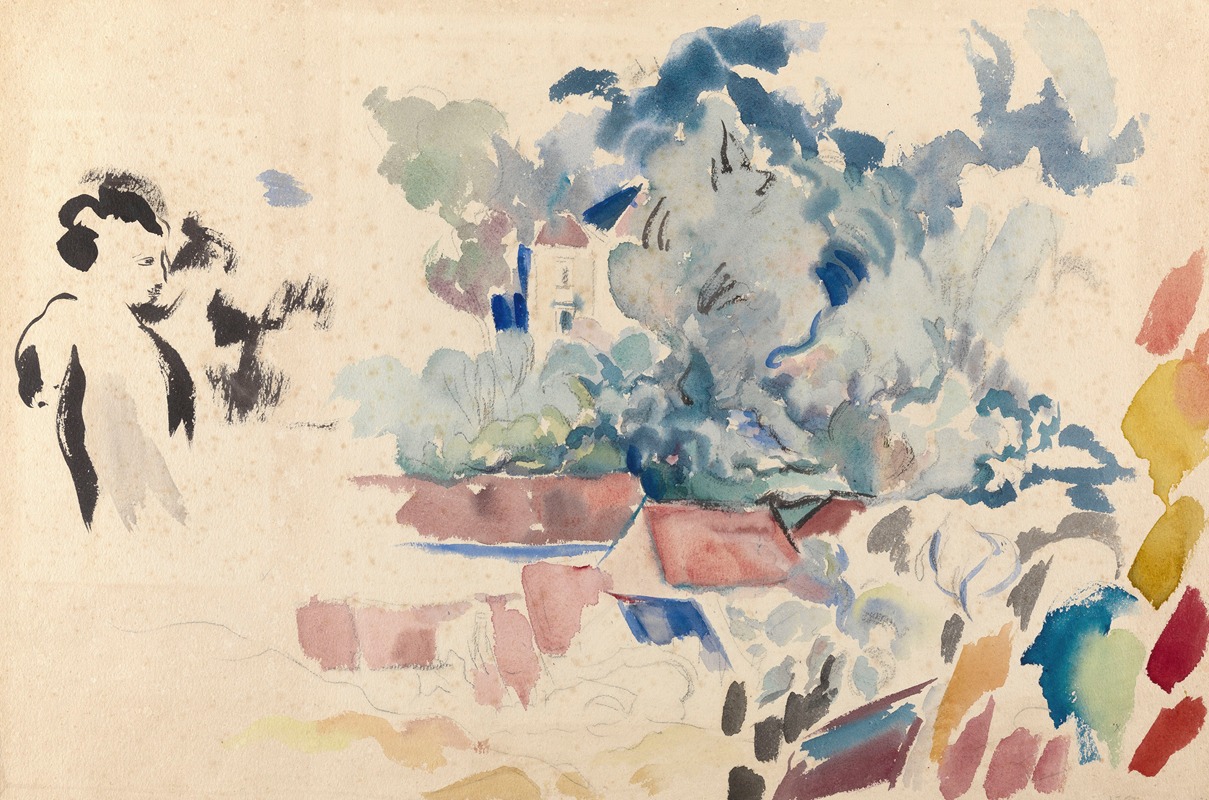
Roofs, Trees and a Woman
A hand-painted replica of Rik Wouters’s masterpiece Roofs, Trees and a Woman, meticulously crafted by professional artists to capture the true essence of the original. Each piece is created with museum-quality canvas and rare mineral pigments, carefully painted by experienced artists with delicate brushstrokes and rich, layered colors to perfectly recreate the texture of the original artwork. Unlike machine-printed reproductions, this hand-painted version brings the painting to life, infused with the artist’s emotions and skill in every stroke. Whether for personal collection or home decoration, it instantly elevates the artistic atmosphere of any space.
Rik Wouters, a prominent Belgian painter and sculptor associated with Fauvism and Expressionism, created the painting Roofs, Trees and a Woman (Daken, bomen en een vrouw) in 1914. This work exemplifies Wouters' characteristic style, which combines vibrant colors, dynamic brushwork, and an intimate focus on everyday life. The painting reflects his interest in capturing the interplay of light and color, as well as his ability to infuse ordinary scenes with emotional depth and vitality.
The composition features a view of rooftops and trees, rendered in bold, expressive strokes, with a seated woman included in the foreground. The woman, often interpreted as Wouters' wife and muse, Nel, appears in many of his works, though her identity in this specific painting is not definitively documented. The scene conveys a sense of tranquility and domesticity, themes that recur throughout Wouters' oeuvre. The artist's use of bright, saturated colors and loose, fluid brushwork demonstrates his mastery of light and his alignment with the Fauvist movement, which emphasized emotional expression through color.
Roofs, Trees and a Woman was created during a pivotal period in Wouters' life. In 1914, the outbreak of World War I disrupted his career and personal life. Shortly after the war began, Wouters was conscripted into the Belgian army. During his service, he suffered a severe illness that led to the loss of his eyesight and ultimately his death in 1916 at the age of 33. Despite his short career, Wouters produced a significant body of work that continues to be celebrated for its emotional resonance and innovative use of color.
The painting is now part of the collection of the Royal Museum of Fine Arts of Belgium (Musées royaux des Beaux-Arts de Belgique) in Brussels. It remains an important example of Wouters' artistic legacy and his contribution to early 20th-century European art.





